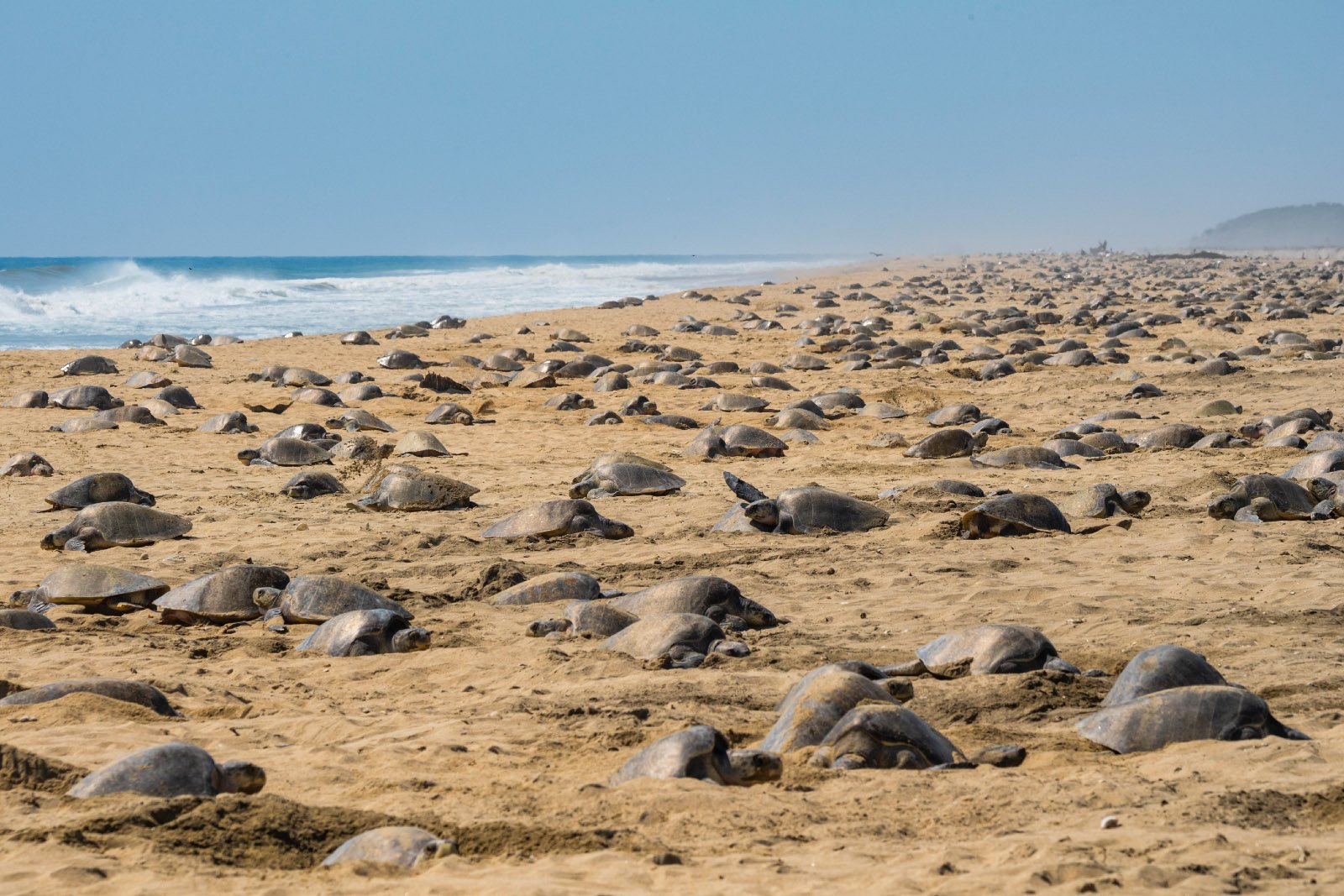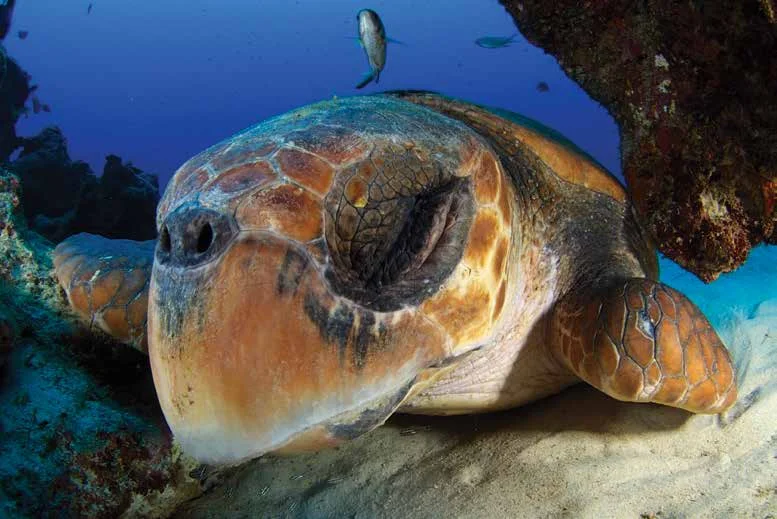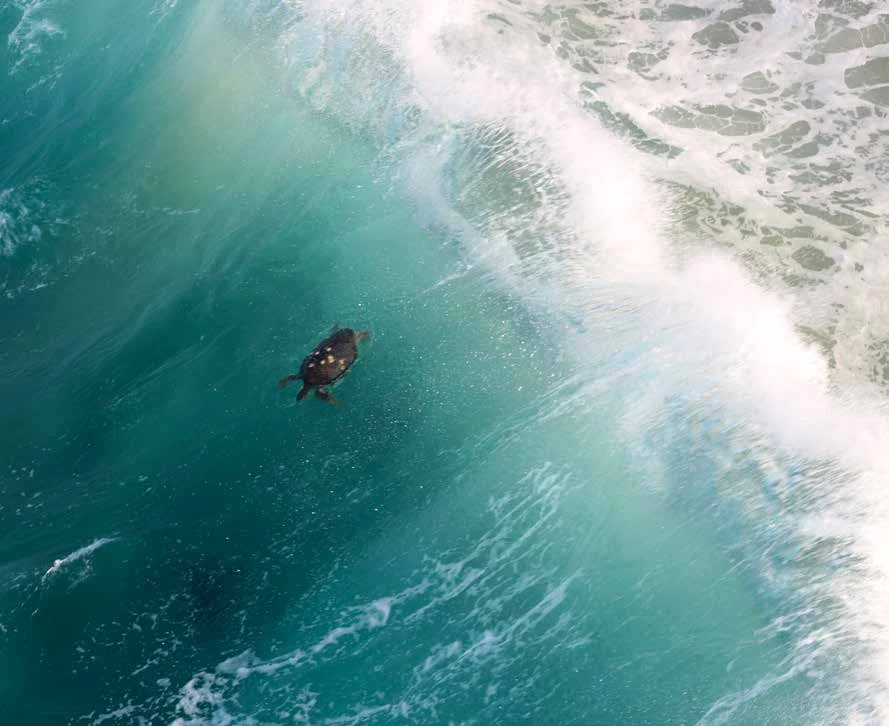It has been 20 years since the satellite track of Adelita hit the mainstream media and newly birthed internet, sharing the real-time migration of a loggerhead sea turtle from Baja California, Mexico to Japan with millions of people worldwide. Captured in Mexico’s Gulf of California as a small juvenile and reared in captivity for more than a decade, Adelita couldn’t wait to return home once released. Up to that point, nobody could have imagined that a turtle could swim more than 11,500 kilometers (7,145 miles) in only 368 days…
Read MoreJapanese folklore tells of a fisherman, Urashima Tarō, who rescues a sea turtle from torment and sets him free. In gratitude, the turtle transports the fisherman to a mythical Dragon Palace beneath the sea, where he is welcomed by a beautiful princess. This eighth-century fable sets the cultural backdrop for modern sea turtle conservation in Japan, where community-led efforts have restored once-decimated sea turtle populations.
Read MoreLocated halfway between the resort cities of Acapulco and Puerto Vallarta, the coastline of Michoacán is comparatively quiet and secluded. Broad, sandy beaches here provide ideal nesting habitat for the black sea turtle. The rugged, vast expanse of Mexico’s Pacific coastline is the setting for one of the most inspirational sea turtle conservation success stories of all time.
Read MoreThe East Pacific population of the leatherback is one of the world’s most threatened marine turtle regional management units, due in large part to bycatch of leatherbacks in foraging grounds. There may now be fewer than 1,000 adult females in this population owing to a combination of fisheries bycatch, egg harvesting, and other threats. As such, an expert working group was assembled to develop a 10-year regional action plan to halt and reverse the decline of the East Pacific leatherback turtle.
Read MoreUnderstanding the impact of chemical contaminants on turtles can inform turtle conservation and also can guide efforts to protect and conserve larger ecosystems. Partners in WWF-Australia’s Rivers to Reef to Turtles project have spent the past four years studying the chemical profile and health impacts of pollutants found in green turtles in the hope of improving the way turtles and their habitats are monitored and conserved.
Read MoreIt is no secret that the Hawaiian green turtle population is recovering. The International Union for Conservation of Nature Red List classified the population as “least concern” in 2012, and the 2015 Endangered Species Act global status review concluded that Hawaii’s population of approximately 4,000 nesting females per year was increasing at a rate of 5.4 percent annually. The success of the Hawaiian green turtle, however, means that local human communities now face some new and unexpected challenges.
Read MoreSouth America has nearly 90,000 miles of coastline, and five of the world’s seven sea turtle species call the Pacific, Atlantic, and Caribbean waters and the beaches of South America their home for at least part of their life cycles.
Read MoreCosta Rica is a country of ocean, nature, and sea turtle superlatives. Five of the world’s seven species of sea turtles nest on its shores, a number exceeded only by the significantly larger countries of Australia and Mexico.
Read More









